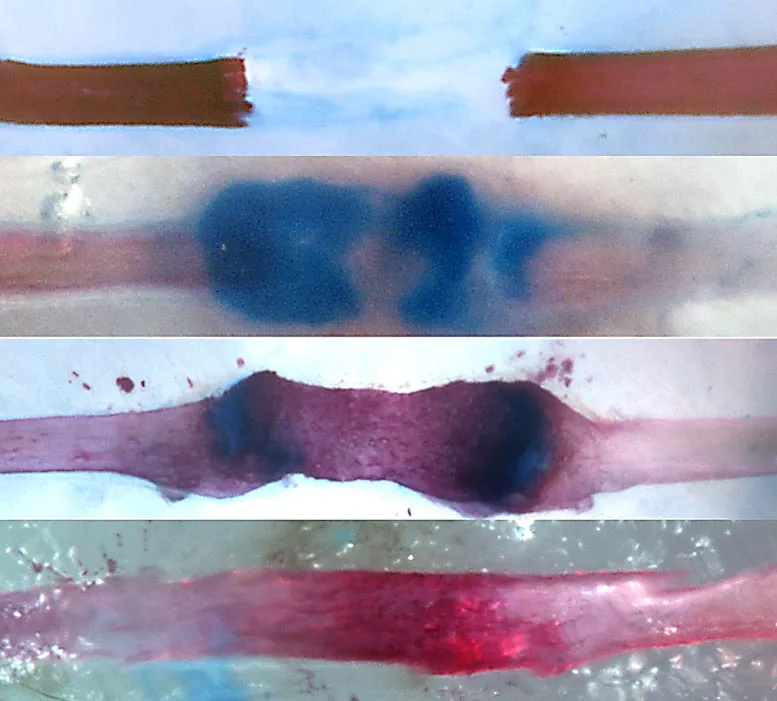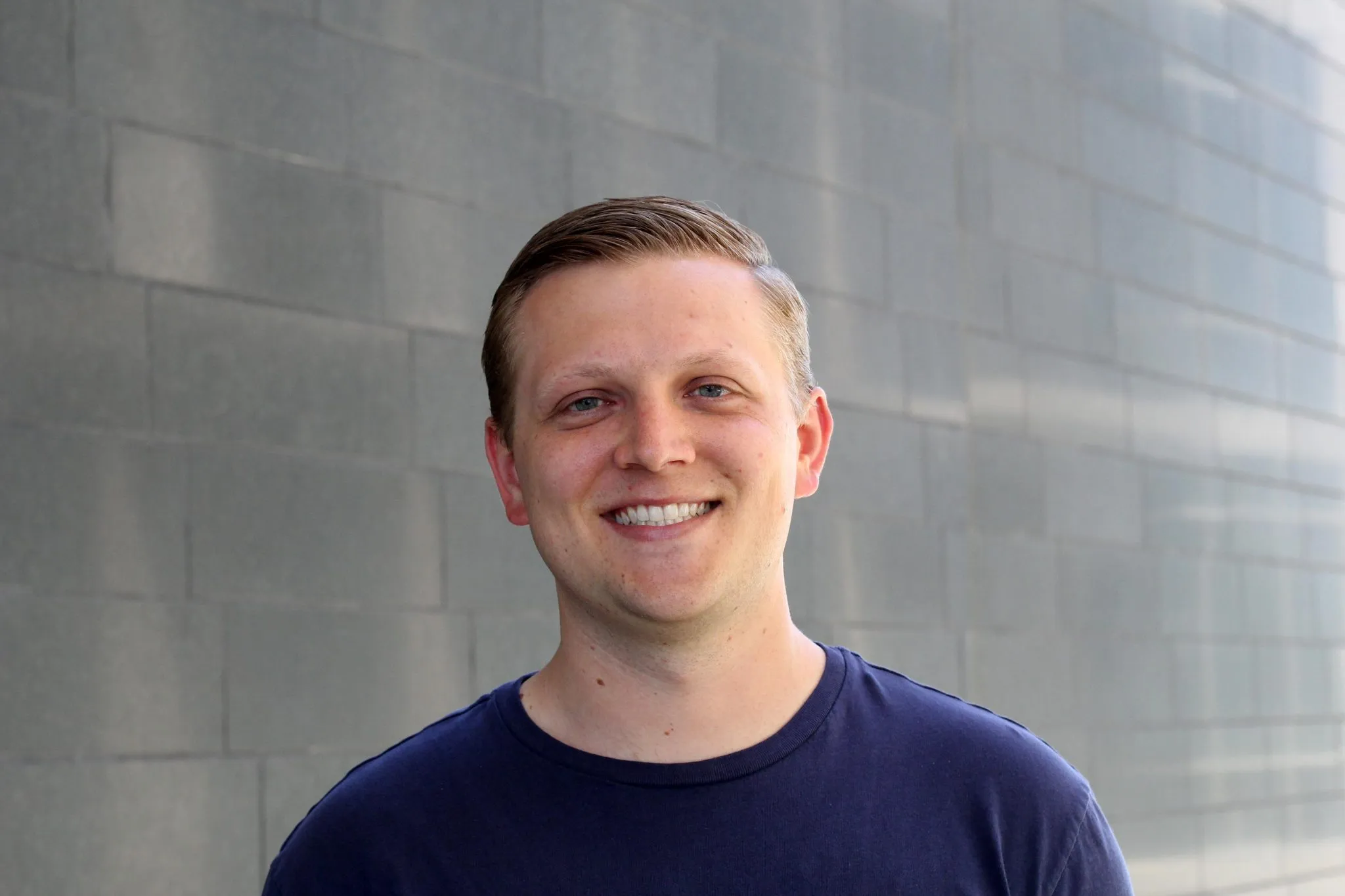A stem cell study provides intriguing evidence that extensive bone damage may trigger a repair strategy in adults to reproduce the elements of bone formation in the womb The key to this repair strategy is a gene, which has a proper hero name: Sonic boy.

Researchers at the University of Southern California (USC) conducted the study, which was published today in npj regenerative medicine.
In this study, the first author of the paper, Maxwell serooky, and his colleagues carefully observed how mice re grow large missing ribs - an ability they share with humans and one of the most impressive examples of bone regeneration in mammals.
To their surprise, they observed an increase in the activity of the factor group (Shh). Shh plays an important role in embryonic bone formation, but it has not been previously associated with injury repair in adults.

In the experiment, Shh seemed to play a necessary role in the healing of the central area of large missing ribs, but not in the closure of small-scale fractures.
"Our evidence suggests that large-scale bone regeneration requires the redeployment of embryonic development procedures involving Shh, while small-scale injuries are healed through a unique repair procedure that does not reflect development," said Mariani, corresponding author of the study and associate professor of stem cell biology and regenerative medicine at Eli and Edythe Broad Center for regenerative medicine and stem cell research at the University of Southern California's Keck School of medicine
"What factors or conditions lead to Shh activity after large bone injury rather than small bone injury remains a fascinating mystery," serooky added
In mice, Shh activity increased briefly after large rib injury and then quickly returned to normal within 5 days. Although transient, this increase in Shh is a prerequisite for the successful establishment of the corpus callosum, which is the initial scaffold to bridge the fracture or injury, but will then be transformed into bone and regenerate the missing rib. Genetically modified mice lacking Shh were unable to successfully form cocoons or heal their ribs.

In contrast, mice that had Shh at the time of injury but were genetically modified to lose Shh after a five-day healing period were able to repair their ribs normally. A related gene called smoothened (SMO) is also required only in the first five days of the healing process.
The researchers expect that the source of Shh will come from specific progenitor cells, which the team has previously shown to be crucial for the healing of large-area injuries and reside in the periosteum, the tissue sheath around each rib. Instead, they found that the source of Shh was an unexpected stem cell like cell population - mesenchymal cells. When these cells are called into the bone marrow, it seems that the activity of these cells is a signal to the bone marrow like cells to heal.